People in Bang Son village, Cam Nghia commune, Cam Lo district, trim galangal to prepare to sell to traders - Photo: D.V
Having the opportunity to pass through Cam Nghia and Cam Chinh communes of Cua region at this time, many people cannot help but be surprised to see lush green galangal gardens taller than a person's head. Having taken root in the red soil of Ba Dan area for a long time, galangal has only been invested in and developed strongly by local people in the last 5 years because of its stable output and selling price. In addition, the reason for the expansion of galangal cultivation by local people is to replace areas of cassava and pepper that are ineffective due to pests and diseases, and old rubber gardens.
In Bang Son village, Mr. Tran Ngoc Hiep (56 years old) is one of the people who planted galangal quite early and has a good care regime, so the average yield is quite high. Currently, Mr. Hiep grows about 6 sao of commercial galangal. Early in the morning, we met Mr. Hiep and his wife who had just harvested the galangal roots and leaves and returned home.
He happily said: “I plant 400 galangal bushes on each sao. Thanks to good care, my family's galangal bushes average 8 kg, which means each sao yields over 3 tons of tubers. Currently, the selling price to traders at home is 8,000 VND/kg of root-trimmed tubers, and 7,000 VND/kg of newly pulled tubers. It means that each sao has an income of over 20 million VND after deducting expenses. Compared to other crops, galangal has a fairly high and stable income.”
In addition to selling the roots, according to Mr. Hiep, galangal leaves are also used as animal feed for buffalo and cows. Good galangal bushes are propagated and replanted.
“I find galangal very easy to grow and suitable for the soil here. It is almost only fertilized with manure and does not require much care. The plant grows well, covering the ground to prevent weeds, and the plant's special essential oil is also very good at preventing pests. Galangal can be harvested after one year of planting,” Mr. Hiep added.
In recent years, Mr. Tran Trien's family in Mai Dan village, Cam Chinh commune, has planted more than 2 sao of galangal to generate additional income. Mr. Trien said: "Recently, cassava in Cua area has been severely affected by mosaic disease, making it difficult to recover and resulting in low economic efficiency, so people have switched to growing local galangal varieties in the past 3 years. Galangal requires little investment, is easy to grow, has high productivity and a good price, so it has created a good income for people.
Like my family, even though we don't have much time to take care of it, we still earn over 15 million VND/sao". Although it is not the main source of income, income from galangal has helped Mr. Trien's family as well as many other families in Mai Dan village to make a good living.
Ms. Nguyen Thi Hien, head of Mai Dan village, said that in recent years, villagers have gradually converted many areas of cassava and pepper growing areas that were affected by pests and diseases, and ineffective cropland to grow galangal. Up to now, about 30/100 households in the village have participated in growing galangal, with an area of 2-3 sao/household.
“Currently, growing galangal brings quite high economic efficiency compared to some other crops. In the context of many traditional crops facing difficulties, the efficiency of galangal is also a positive signal for local people. Therefore, we hope that the government, all levels and sectors need to pay attention to the issue of stable output with good prices to help people feel secure in cultivating to create sustainable income,” Ms. Hien expressed.
Vice Chairman of Cam Nghia Commune People's Committee Le Song Hao informed that local galangal has been grown by locals for a long time, mainly for food or retail in markets, but in the past 5-6 years it has grown strongly with larger areas.
Up to now, the total area of galangal in the commune has reached about 15 hectares, mainly grown by people in home gardens with an average of over 2 sao per household, and households with large areas have 6-7 sao. The yield after one year of planting is about 24-25 tons/ha; if it is extended to 18 months to harvest, it will reach 38-40 tons/ha.
In Bang Son village, many households have converted part of their old rubber plantations, diseased and ineffective cassava and pepper plants to grow galangal to generate additional income. “The output of galangal is currently quite stable with a fairly high price, thereby creating a good additional source of income for local people.
However, in the long term, we recommend that people should not expand the planting area massively because the market fluctuates unpredictably. Therefore, the locality has a plan to develop galangal only within about 25 hectares, not increasing it to stabilize the crop structure as well as ensure stable output and income for people," said Mr. Hao.
German Vietnamese
Source: https://baoquangtri.vn/nong-dan-vung-cua-thu-nhap-kha-tu-cay-rieng-193836.htm


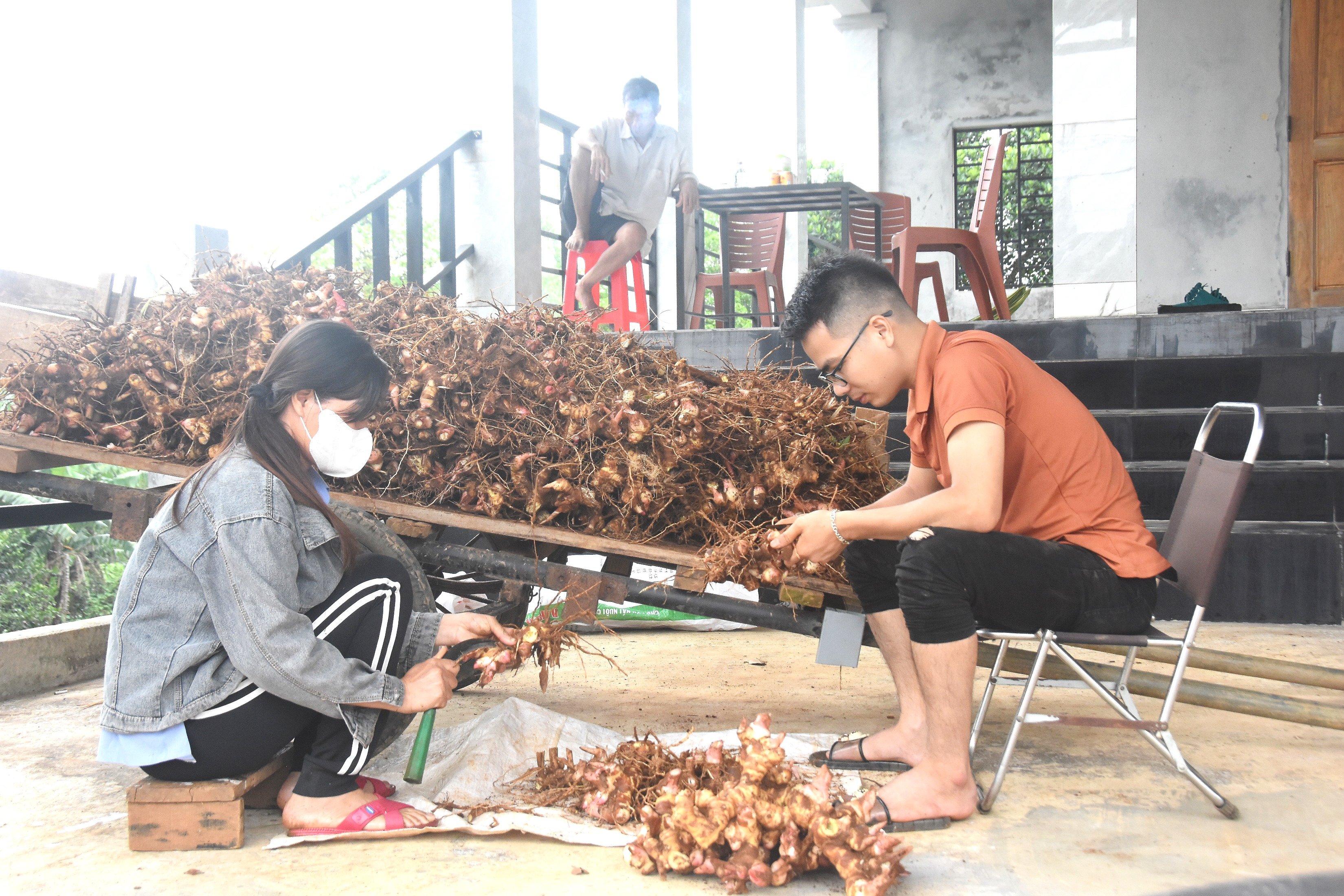


![[Photo] Top players gather at the 2025 Nhan Dan Newspaper National Table Tennis Championship](https://vphoto.vietnam.vn/thumb/1200x675/vietnam/resource/IMAGE/2025/5/23/9ad5f6f4faf146b08335e5c446edb107)


![[Photo] Anh Hoang - Dinh Duc successfully defended the men's doubles championship of the National Table Tennis Championship of Nhan Dan Newspaper](https://vphoto.vietnam.vn/thumb/1200x675/vietnam/resource/IMAGE/2025/5/23/d6ab3bcac02c49928b38c729d795cac6)
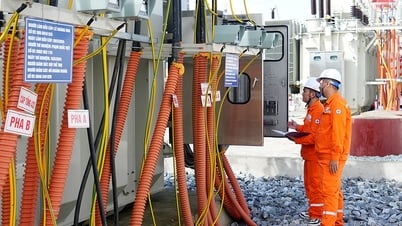

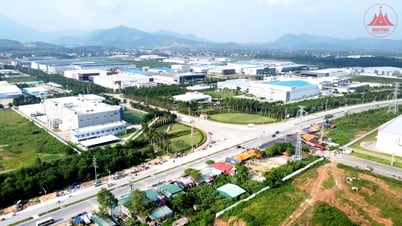












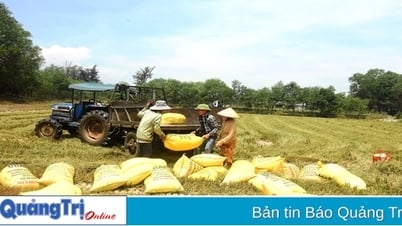

















































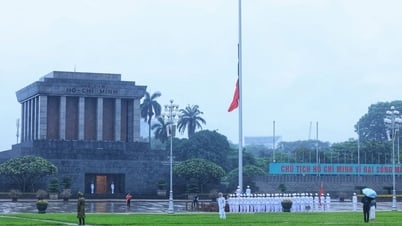



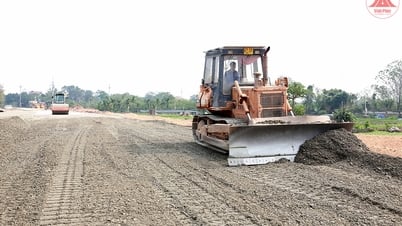
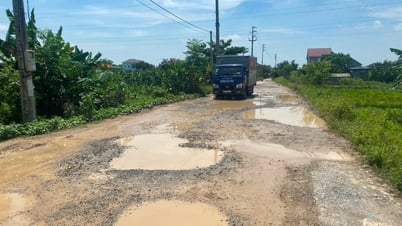

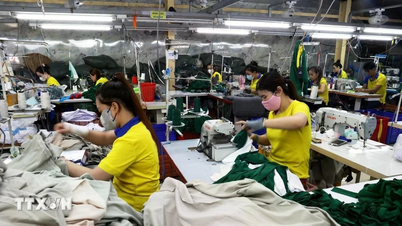














Comment (0)